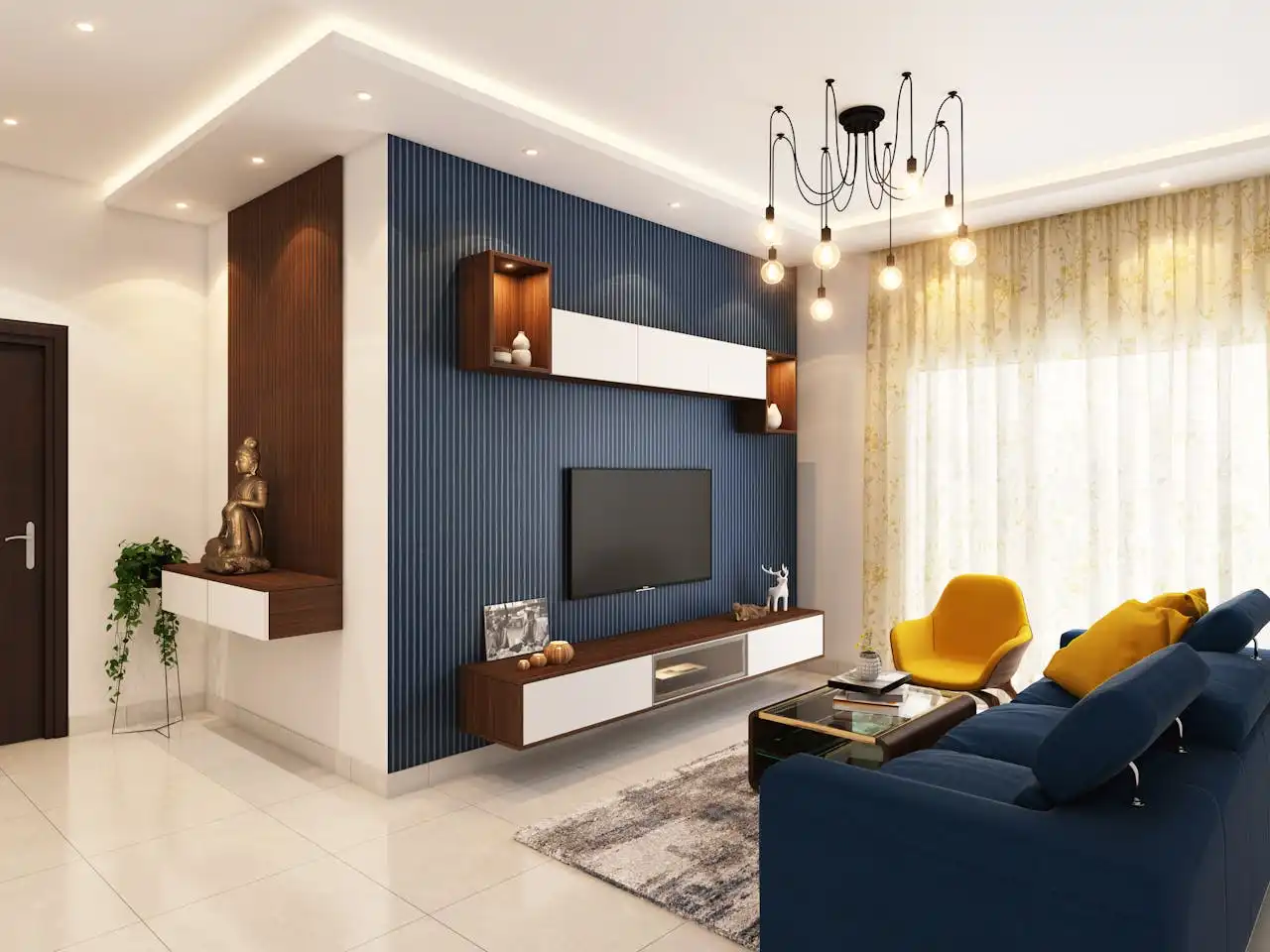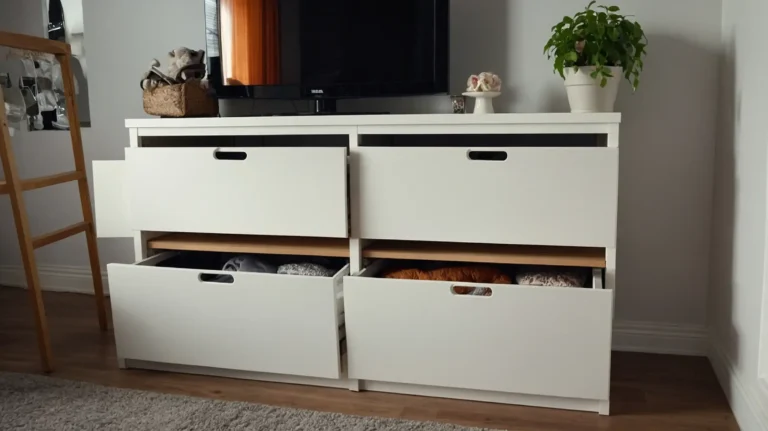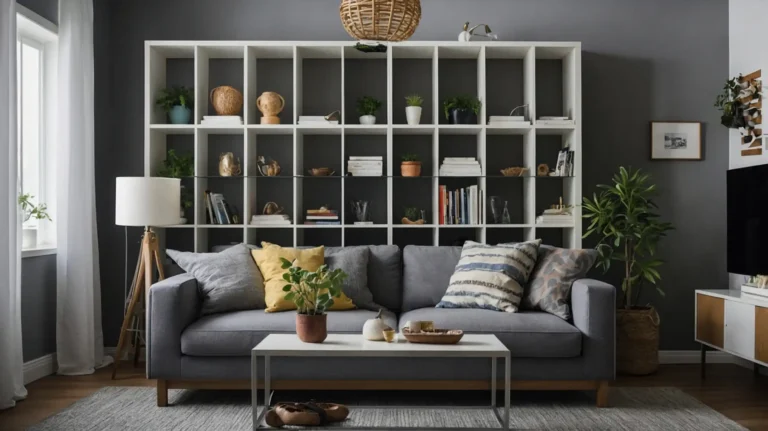10 Timeless Home Décor Tricks Interior Designers Swear By
You’ve probably scrolled through countless home design magazines and Pinterest boards, wondering how professional designers create those effortlessly elegant spaces.
The secret isn’t expensive furniture or complete room makeovers. These tricks work regardless of your budget, style preference, or home size.
Professional interior designers rely on time-tested principles that transform any space into a sophisticated haven.
Master these fundamental techniques, and you’ll develop the same design instincts that professionals use daily. Your home will radiate that polished, intentional look you’ve always admired.
1. Layer Your Lighting Like a Pro
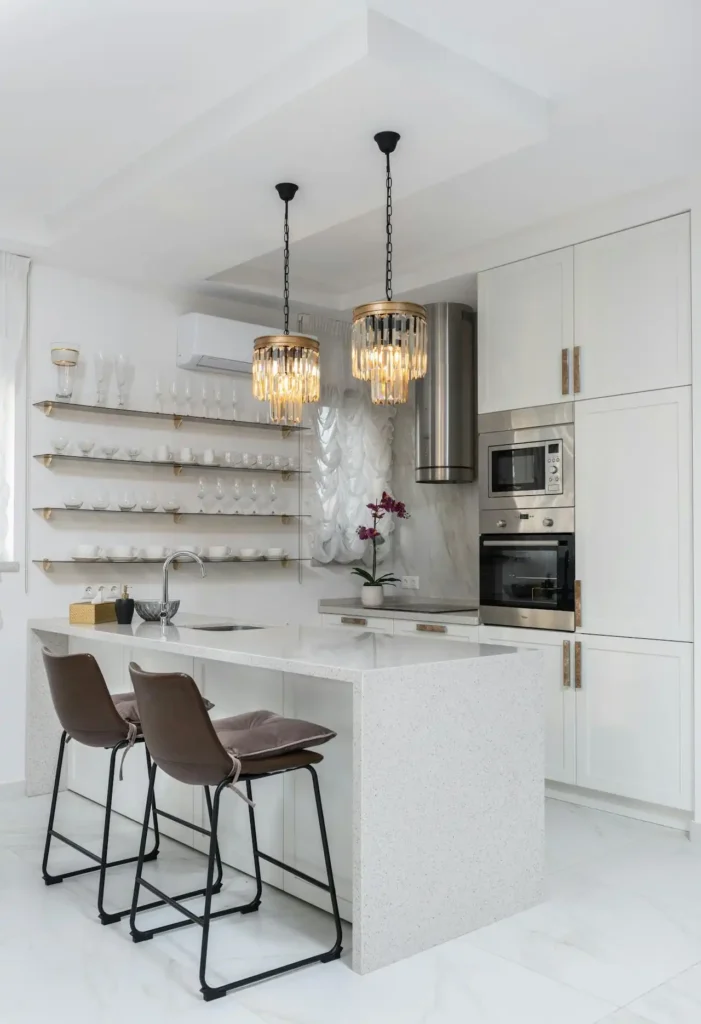
You walk into a beautifully designed room and immediately feel welcomed, but you can’t pinpoint why. The answer often lies in the lighting strategy professional designers employ.
Instead of relying on a single overhead fixture, create three distinct lighting layers.
Start with ambient lighting as your foundation – this includes recessed lights, chandeliers, or pendant lights that provide overall illumination.
Add task lighting through table lamps, reading lights, or under-cabinet fixtures that serve specific functions.
Finish with accent lighting to highlight artwork, architectural features, or create mood. Picture lights, wall sconces, or strategically placed floor lamps accomplish this beautifully.
This layered approach allows you to adjust the atmosphere throughout the day. Professional designers know that lighting flexibility transforms how you experience each space.
Bright task lighting energizes your morning routine, while soft accent lighting creates intimacy for evening relaxation.
2. Master the 60-30-10 Color Rule
Color intimidates many homeowners, but designers follow a simple formula that eliminates guesswork and creates visual harmony every time.
Designate 60% of your room to a dominant neutral color – typically walls, large furniture pieces, or area rugs.
This creates a calming foundation that won’t overwhelm your senses. Choose timeless neutrals like warm whites, soft grays, or creamy beiges that adapt to changing trends.
Your secondary color should occupy 30% of the space through upholstery, window treatments, or accent furniture. This color adds personality while maintaining balance.
Reserve the remaining 10% for your boldest accent color in pillows, artwork, or decorative accessories. This pop of color energizes the room without dominating it.
This proven ratio creates sophisticated color schemes that feel intentional rather than chaotic. You can easily update your space by switching out those 10% accent pieces when your taste evolves.
3. Arrange Furniture for Conversation
Many homeowners push all furniture against walls, creating a bowling alley effect that discourages interaction and makes rooms feel disconnected.
Professional designers arrange seating to encourage conversation by creating intimate groupings. Pull your sofa away from the wall and angle chairs toward each other.
Position seating pieces no more than eight feet apart – this distance allows comfortable conversation without shouting.
Create multiple conversation areas in larger rooms rather than one massive grouping. A reading nook with two chairs and a side table serves different needs than your main seating area.
Always include a surface within arm’s reach of every seat. People need places to set drinks, books, or personal items. Side tables, ottomans with trays, or even window ledges can serve this function.
This thoughtful arrangement makes your home feel more welcoming and functional. Guests naturally gravitate toward well-planned conversation areas, and your family will use the space more frequently.
4. Scale Your Art Properly
Nothing screams amateur like tiny artwork floating high on vast wall expanses. Professional designers understand that proper scale creates visual impact and ties rooms together.
Hang artwork at eye level, typically 57-60 inches from floor to center of the piece. This height works for most people and creates consistency throughout your home.
For artwork above furniture, maintain 6-8 inches between the furniture top and frame bottom. The artwork should span roughly two-thirds of the furniture width to create proper visual balance.
Group multiple pieces as one large unit rather than scattering small frames randomly. Create gallery walls by maintaining 2-3 inches between frames and treating the entire arrangement as a single element.
Large-scale art makes bigger statements than collections of small pieces. When in doubt, choose fewer, larger pieces rather than many small ones. Your walls will look more sophisticated and intentional.
5. Add Texture for Visual Interest
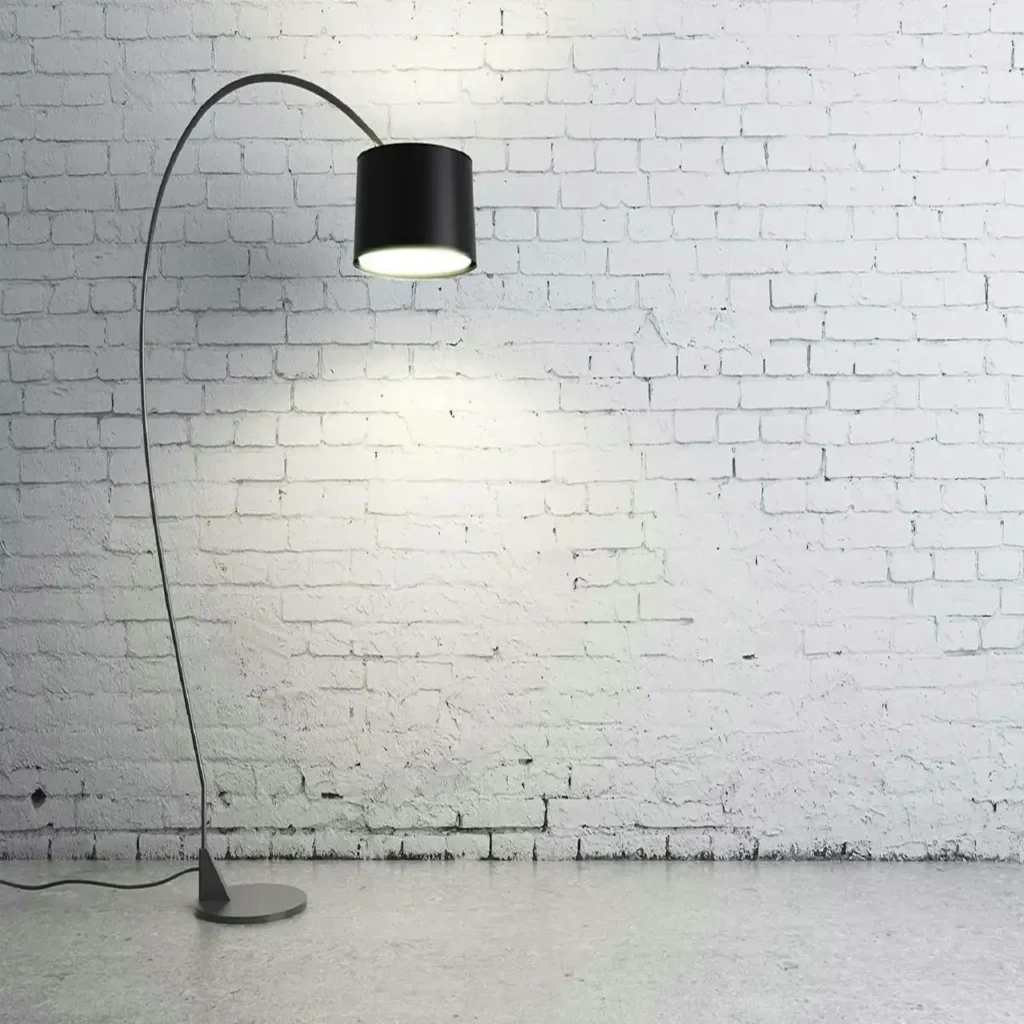
Flat, uniform surfaces make rooms feel sterile and unwelcoming, no matter how expensive your furniture might be.
Layer different textures throughout each room to create depth and visual intrigue. Mix smooth surfaces like glass or polished wood with rough textures like jute rugs or brick walls.
Combine soft fabrics like velvet cushions with structured materials like woven baskets.
Natural materials add instant texture and warmth. Wood, stone, rattan, and linen bring organic elements that make spaces feel more comfortable and lived-in.
Vary your textile choices within each room. Pair smooth silk pillows with chunky knit throws, or combine sleek leather furniture with nubby wool rugs.
Even neutral color schemes feel rich and interesting when you incorporate diverse textures. This technique allows you to create sophisticated rooms without relying on bold colors or patterns.
6. Create Visual Balance with Symmetry and Asymmetry
Understanding when to use symmetrical versus asymmetrical arrangements separates professional-looking rooms from amateur attempts.
Symmetry creates calm, formal elegance. Use matching table lamps on either side of a sofa, identical nightstands flanking a bed, or balanced artwork arrangements.
This approach works beautifully in traditional or formal settings. This combination creates rooms that feel both organized and interesting.
Asymmetry feels more relaxed and contemporary but requires careful planning to avoid looking haphazard.
Balance a large piece on one side with several smaller items on the other. A tall floor lamp might balance a low side table topped with books and a plant.
Consider visual weight, not just physical size. Dark colors, complex patterns, and bold shapes carry more visual weight than light, simple elements.
Mix both approaches within the same room. You might use symmetrical lighting while arranging accessories asymmetrically.
7. Incorporate Plants for Life and Color
Professional designers rarely complete a room without adding living greenery, and for good reason – plants breathe life into any space while providing natural color and texture.
Choose plants based on your room’s light conditions rather than appearance alone. Hanging plants draw eyes upward and make ceilings feel higher.
Snake plants and ZZ plants thrive in low light, while fiddle leaf figs need bright, indirect sunlight.
Vary plant heights and pot styles to create visual interest. Floor plants anchor corners and fill vertical space, while tabletop plants add charm to surfaces.
Group plants in odd numbers for the most pleasing arrangements. Three plants of different heights create more dynamic displays than pairs or single specimens.
Even artificial plants work when chosen carefully. High-quality faux greenery in areas where live plants won’t thrive maintains the natural element throughout your home.
8. Use Mirrors Strategically
Mirrors do much more than reflect your appearance – professional designers use them as powerful tools to manipulate space and light.
Place mirrors opposite or adjacent to windows to bounce natural light deeper into rooms. This technique brightens dark corners and makes spaces feel larger and more open.
Large mirrors create the illusion of expanded space by reflecting room views. Position them to reflect your most attractive room features rather than clutter or unappealing areas.
Use mirrors as artwork alternatives. A beautifully framed mirror provides visual interest while serving practical functions. Antique or decoratively framed mirrors add personality and charm.
Avoid placing mirrors where they reflect beds or dining tables directly – this creates uncomfortable energy in these intimate spaces.
Strategic mirror placement can transform cramped rooms into spaces that feel twice their actual size while adding elegance and functionality.
9. Implement the Rule of Odds
Professional designers consistently use odd-numbered groupings because they create more dynamic, visually pleasing arrangements than even numbers.
Group accessories in sets of three, five, or seven for the most appealing displays. This rule applies to furniture arrangement too.
Three candles of varying heights look more interesting than two identical ones. Five picture frames create better gallery walls than four or six.
Vary heights within your groupings to add visual movement. Combine tall, medium, and short elements rather than items of similar size.
Three chairs around a coffee table feels more natural than two or four. Odd numbers create triangle shapes that guide the eye naturally through arrangements.
The principle works because odd numbers prevent perfect symmetry, which can feel static. Your brain finds odd groupings more engaging and natural-looking.
10. Layer Rugs for Sophistication
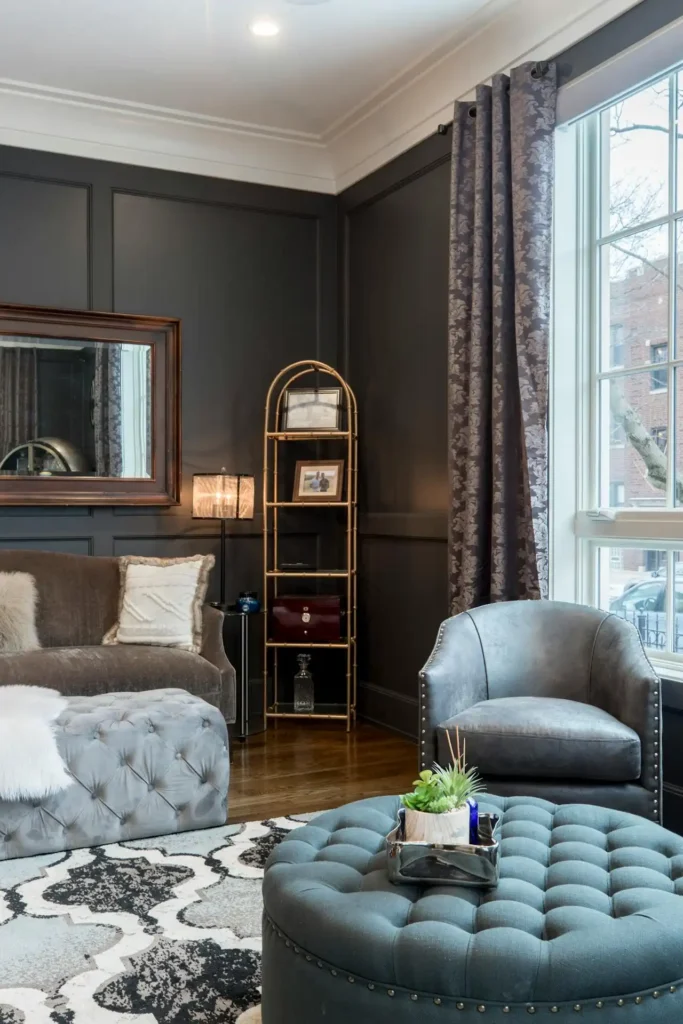
Don’t limit yourself to single rugs in each room – professional designers often layer multiple rugs to create depth, define spaces, and add visual interest.
Start with a larger, neutral base rug that anchors your furniture grouping. Layer a smaller, more decorative rug on top to add pattern, color, or texture.
The top rug should be significantly smaller than the base – aim for about half the size. This technique adds designer sophistication while remaining budget-friendly.
In dining rooms, layer a patterned rug over a larger sisal or jute base. This combination protects your floors while adding sophistication and easier maintenance.
Use layering to define different zones within open floor plans. A small decorative rug over a larger neutral one can designate a reading nook within a larger living space.
Experiment with different textures and patterns, but maintain a consistent color palette to avoid overwhelming the space.
Conclusion
Transform your home using these professional design principles that create lasting beauty and functionality in every room you design.

